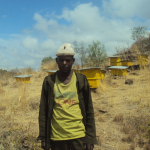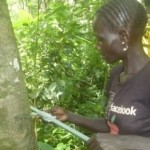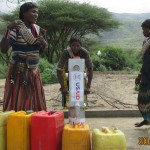
In Ethiopia, the 2015-2016 El Niño-induced drought and consecutive poor rainy seasons triggered the worst water shortage the highlands had seen in more than 50 years.

As the fish cannot live without water, so can’t the Majang community without the forest.” This is a traditional saying of the Majang people of Ethiopia. Despite the intrinsic connection between the Godere forest and the people’s survival, their forest has been shrinking over the last several years.

Access to safe drinking water is critical to a community’s health and livelihood. But in rural Ethiopia, many communities lack such access. Even reaching a source of water can take several hours on foot. And these distant water sources often have to be shared with livestock, resulting in unsafe water.
In the highlands of Ethiopia, malnutrition affects 44 percent of children under 5, and as many as 81 percent of all cases of child undernutrition go untreated.
In the highlands of Amhara, Ethiopia, nearly 700 kilometers from the country’s capital, families often do not know where their next meal is coming from. In the drought-prone region of northeastern Amhara, households have difficulty accessing basic necessities of food and water due to extreme topography and scarce water resources.








Comment
Make a general inquiry or suggest an improvement.